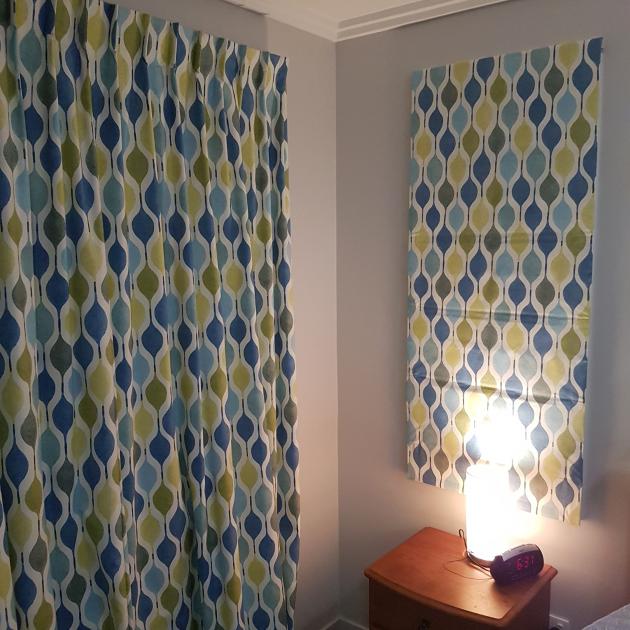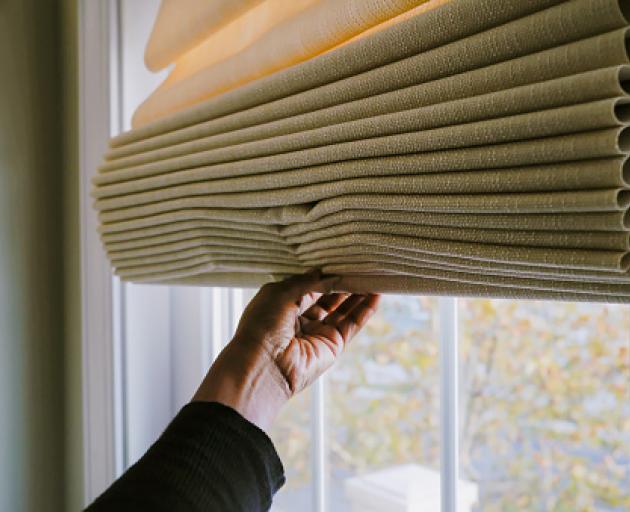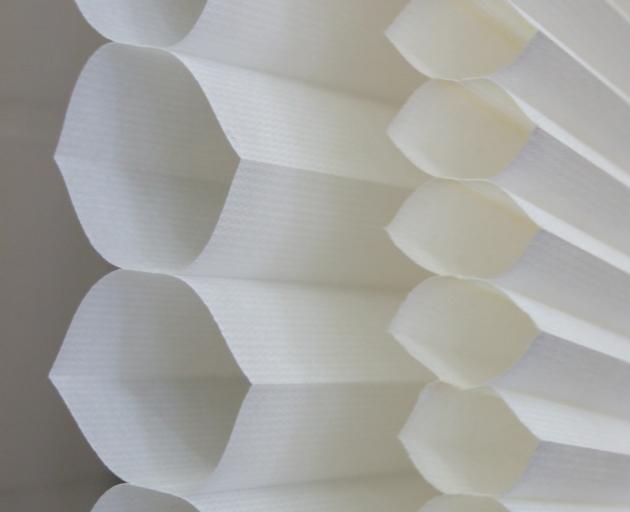
A well-insulated home can lose about 45% of heat through its windows. That drops to 30% for an uninsulated home (but that’s only because more heat disappears through the roof and walls). The right window covering will stop nearly two-thirds of that heat from going out the window.
Honeycomb blinds were the star performer — they retained more than 60% of the heat lost through a bare window. Air is a good insulator, as long as it’s not moving, and the honeycomb structure creates a large, still air gap between the cold windowpane and the warm inside air.

"Our test shows heavy, lined curtains are better than the coated thermal-backed types and, for the best result, you should fit them down to the floor instead of stopping them at the sill," he said.
Regarding blinds, Dr Smith said it was essential they were fitted properly.
"You want them close to the window and within the frame — aim to minimise gaps at the top, bottom and at the sides. Honeycomb blinds topped our test, but we found Roman blinds and roller blinds were effective as well, as long as they were fitted correctly. Even Venetian [blinds] worked — but keep those slats closed," he said.

Consumer NZ also investigated a few cheap "hacks" to improve your curtains this winter. While it wasn’t the most convenient solution, hanging a blanket behind curtains dramatically lifted heat retention. Even easier, but less effective at keeping your home toasty, was rolling up a towel and placing it on top of the curtain rail.
To make the best use of your curtains and blinds, Consumer NZ advises people keep them open during the day over winter to make the most of the sun. Close them as soon as the sun sets to trap as much heat as possible. You should also fix any draughts in the windows — you can detect them with a lit candle.
Copy: Consumer NZ











